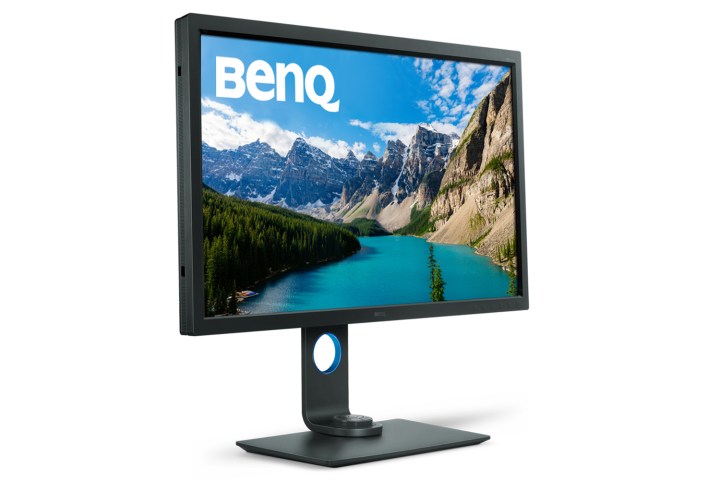
For starters, support for the Adobe RGB color space is important for photographers and digital artists, given Adobe seemingly commands the advertising market with its Creative Suite of design tools (Photoshop, Illustrator, InDesign, etc). Adobe’s color space was introduced in 1998 to expand on sRGB and to take advantage of the capabilities provided by CYMK printers.
As for HDR, it means high-dynamic range. In imaging, this technique generates extremely dark blacks and extremely bright whites and a higher color accuracy than the standard dynamic range. It is meant to mimic what we see in the real world, providing more depth to 2D images and video than if HDR is not available or enabled. HDR for displays is different than HDR used in photos as the technique is hard-wired into the former, whereas HDR for cameras combines multiple images with different exposures to create the optimal results.
Thus photographers, illustrators, ad designers, and so on need a solution to meet the Adobe RGB color space that also provides realistic imagery in the process. That is where BenQ’s new display comes in, which is based on in-plane switching (IPS) technology that is already known for its rich colors and wide viewing angles.
Here are the hardware specifications for the SW320 desktop display:
| Screen size: | 32 inches |
| Maximum resolution: | 3,840 x 2,160 |
| Aspect ratio: | 16:9 |
| Pixel pitch: | 0.233 millimeters |
| Brightness: | 350 nits |
| Native contrast ratio: | 1,000:1 |
| Response time: | 5 milliseconds (gray to gray) |
| Viewing angles: | 178 degrees (V), 178 degrees (H) |
| Display colors: | 1.07 billion |
| Vertical refresh rate: | 60Hz |
| Color bit: | 10-bit |
| Color gamut: | 100 percent Rec. 709/sRGB 99 percent Adobe RGB 87 percent DCI-P3 |
| Ports: | 2x USB 3.0 (upstream) 1x USB 3.0 (downstream) 1x USB 2.0 for Hotkey Puck 1x DisplayPort 1.4 1x HDMI 2.0 1x SD card reader 1x Headphone jack1x Ethernet port |
| Compatible with: | Windows 7 or newer (32-bit or 64-bit) MacOS 10.6.8 or newer |
BenQ’s new panel provides hardware calibration, enabling users to adjust the image-processing chip inside the panel instead of changing the graphics card’s output. According to the company, this method will keep images consistent with the original copies, preventing them from being affected by the graphics settings. The display also comes with Palette Master Element software to tune and maintain the panel’s optimal color performance.
Finally, as stated in the specifications, the panel includes a hotkey puck for switching between the Adobe RGB, sRGB, and black and white modes. Users can also customize this button to map other modes and general panel settings like brightness, contrast, and so on. The panel even comes equipped with a detachable shading hood to block out the overhead lighting so users can see accurate colors.
BenQ does not say how much the panel will cost when it becomes available but it should hit the market in January. We expect BenQ to reveal the pricing during the annual CES 2017 technology convention taking place in a few weeks, so stay tuned.


